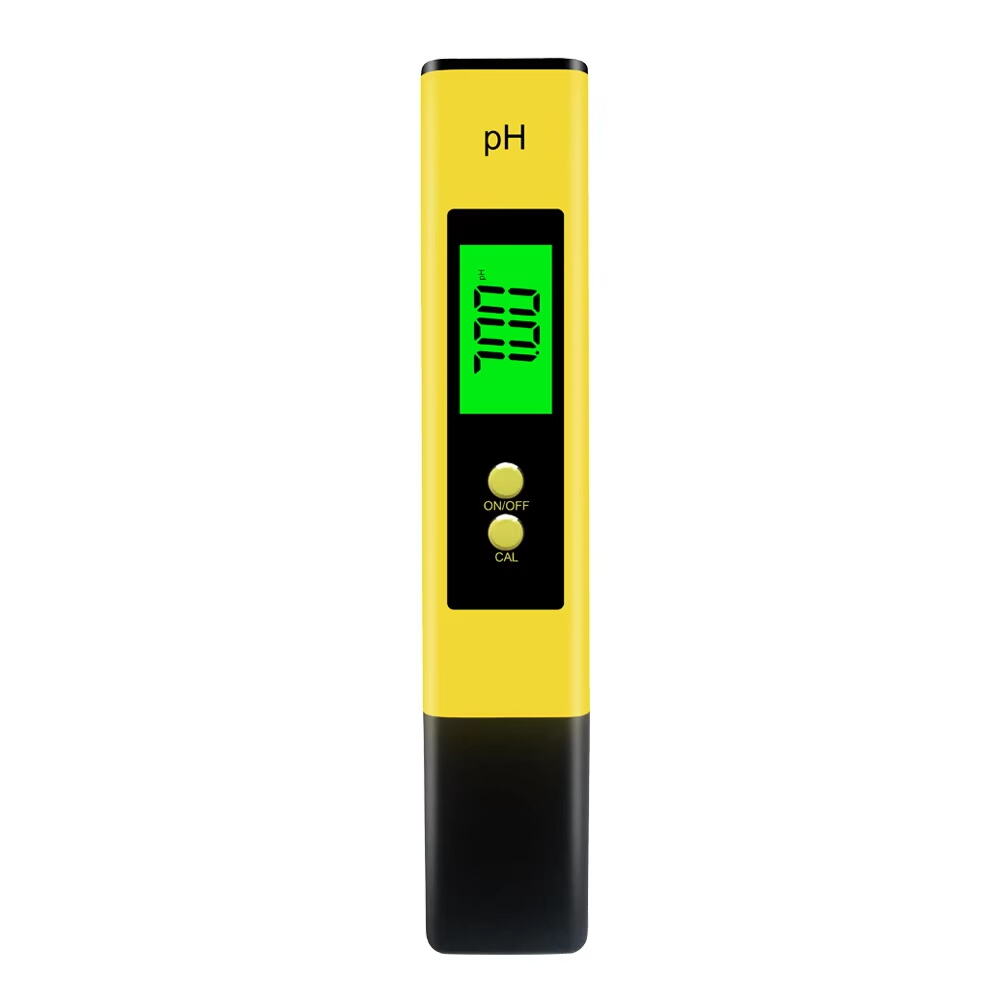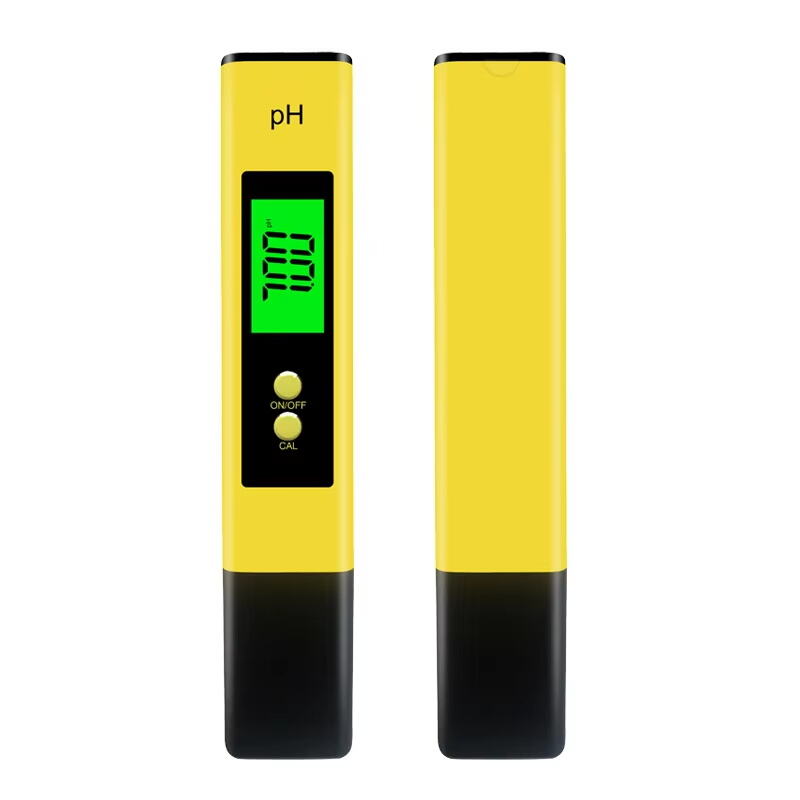The Evolution of Digital Water Testing Technology
The landscape of water quality testing has been revolutionized by the introduction of the ph meter digital technology. These sophisticated instruments have transformed how industries, laboratories, and environmental agencies measure and monitor pH levels with unprecedented precision. Gone are the days of relying solely on litmus paper or chemical indicators – modern digital pH meters now offer instantaneous, accurate readings that help maintain crucial water quality standards across various applications.
Understanding Digital pH Measurement Systems
Core Components of Digital pH Meters
A ph meter digital system consists of several essential components working in harmony to deliver accurate measurements. At its heart lies the pH-sensitive electrode, typically made of specialized glass that responds to hydrogen ion concentrations. The reference electrode provides a stable comparison point, while the temperature sensor ensures readings are appropriately compensated. The digital display unit processes these inputs through advanced algorithms to present precise pH values.
The electronic circuitry within modern digital pH meters includes analog-to-digital converters that transform the electrode's electrical signals into readable digital values. This sophisticated processing eliminates many sources of error common in traditional measurement methods, providing reliability that's essential for professional applications.
Advanced Calibration Features
Modern ph meter digital devices incorporate intelligent calibration systems that significantly enhance measurement accuracy. Multi-point calibration allows users to verify and adjust readings across different pH ranges, ensuring consistency throughout the entire measurement scale. Automatic buffer recognition streamlines the calibration process, while built-in stability indicators confirm when readings have fully stabilized.
The calibration data storage capability of digital pH meters maintains a record of previous calibrations, enabling users to track instrument performance over time. This feature is particularly valuable for quality control and regulatory compliance, where documentation of measurement accuracy is essential.
Technological Advantages in Modern pH Testing
Enhanced Measurement Precision
The ph meter digital technology delivers remarkable improvements in measurement precision compared to traditional methods. With resolution capabilities of up to 0.001 pH units, these instruments can detect subtle variations that might be crucial in sensitive applications. The integration of temperature compensation ensures that readings remain accurate across varying environmental conditions, eliminating a significant source of measurement error.
Digital signal processing filters out electrical noise and interference, resulting in more stable and reliable measurements. This advanced processing capability means that users can trust their readings even in challenging industrial environments where electromagnetic interference might otherwise affect measurement accuracy.
Data Management and Connectivity
Modern ph meter digital systems excel in data handling capabilities. Built-in memory allows for storage of hundreds or even thousands of measurements, complete with time stamps and temperature data. This comprehensive data collection enables trend analysis and quality control monitoring over extended periods.
USB connectivity and wireless data transfer options facilitate easy integration with laboratory information management systems (LIMS) and other digital platforms. Real-time data logging capabilities support continuous monitoring applications, while automated reporting features streamline documentation requirements for regulatory compliance.

Applications Across Industries
Laboratory and Research Settings
In laboratory environments, ph meter digital technology has become indispensable for precise analytical work. Research facilities rely on these instruments for everything from basic solution preparation to complex chemical analysis. The ability to obtain quick, accurate readings with minimal sample volume makes digital pH meters particularly valuable in biological research and pharmaceutical development.
Quality control laboratories benefit from the enhanced reproducibility and documentation capabilities of digital pH meters. The automated calibration verification and measurement stability indicators ensure consistent results across different operators and testing conditions.
Industrial Process Control
Industrial applications of ph meter digital technology span numerous sectors, from water treatment to food production. In manufacturing processes, these instruments provide real-time monitoring capabilities essential for maintaining product quality and process efficiency. The robust construction and advanced features of industrial pH meters ensure reliable operation in demanding environments.
Water treatment facilities utilize digital pH meters for continuous monitoring of influent and effluent streams. The ability to integrate these measurements with automated control systems helps maintain optimal treatment conditions while minimizing chemical usage and operating costs.
Maintenance and Best Practices
Optimal Care Procedures
Maintaining a ph meter digital system requires attention to several key aspects. Regular cleaning of the electrode using appropriate solutions prevents contamination and ensures continued accuracy. Proper storage conditions, including the use of storage solutions for electrodes, help extend sensor life and maintain calibration stability.
Implementing a regular maintenance schedule, including periodic calibration checks and electrode conditioning, helps prevent drift and ensures consistent performance. Documentation of maintenance activities supports quality assurance programs and regulatory compliance requirements.
Troubleshooting and Performance Optimization
Understanding common issues and their solutions is crucial for maintaining optimal performance of digital pH meters. Regular verification of electrode response time and slope helps identify potential problems before they affect measurement accuracy. Built-in diagnostic features assist in troubleshooting, while proper training ensures operators can recognize and address performance issues effectively.
Optimizing measurement procedures, including proper sample handling and temperature equilibration, helps achieve the highest possible accuracy. Regular review of calibration data and measurement statistics supports continuous improvement of testing protocols.
Frequently Asked Questions
How often should a digital pH meter be calibrated?
For optimal accuracy, calibrate your ph meter digital device daily when in regular use. However, the specific frequency may vary depending on your application's requirements, measurement frequency, and the type of samples being tested. Some high-precision applications may require calibration before each use.
What factors can affect digital pH meter accuracy?
Several factors can influence measurement accuracy, including temperature variations, electrode condition, sample characteristics, and proper calibration. Environmental conditions, such as electromagnetic interference and sample contamination, may also impact readings. Regular maintenance and following proper measurement procedures help minimize these effects.
What are the advantages of digital pH meters over traditional methods?
Digital pH meters offer superior accuracy, faster response times, and automatic temperature compensation compared to traditional methods. They also provide data storage capabilities, easier calibration procedures, and better reproducibility of results. The ability to interface with other laboratory systems and generate electronic records makes them particularly valuable in modern laboratory settings.



